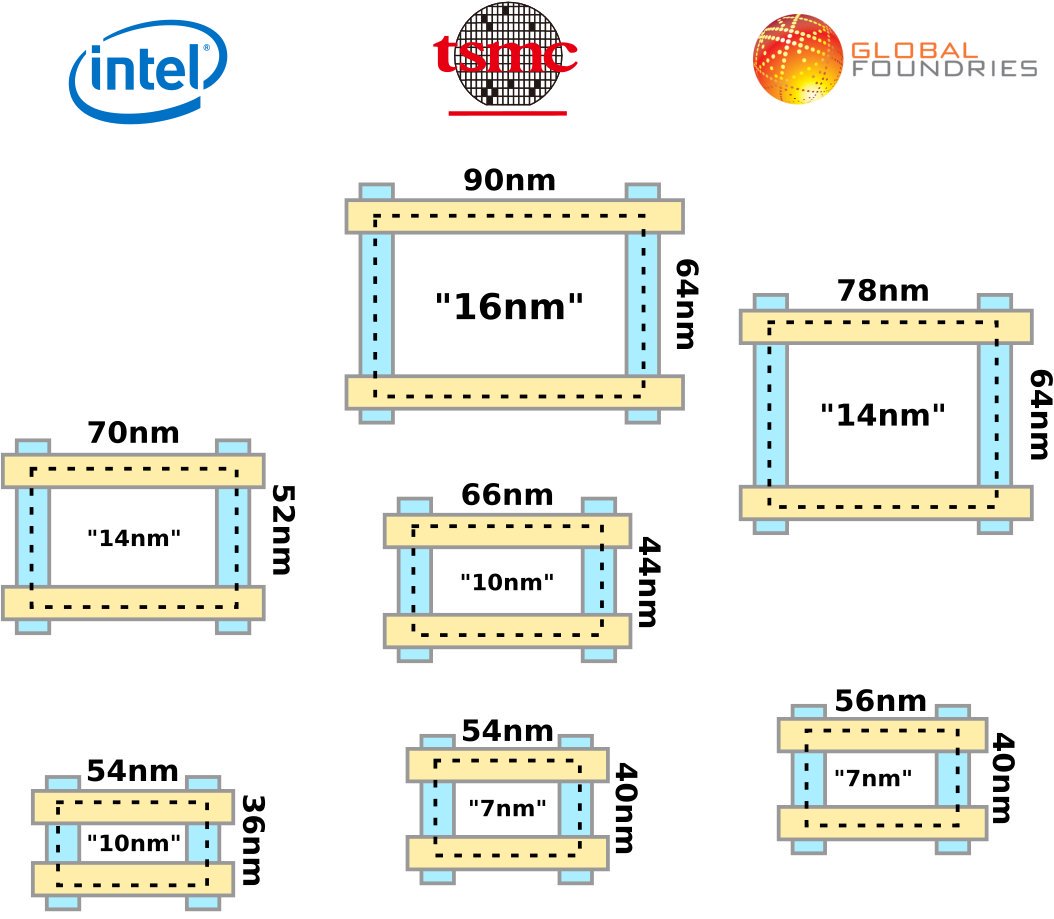cageymaru
Fully [H]
- Joined
- Apr 10, 2003
- Messages
- 22,080
Charlie over at Semiaccurate has an interesting article about how Intel's server future relies on 10nm technology that is now 4 years delayed, raising server CPU prices by $7,000 for what is essentially the same chip; just clocked higher and drawing more power, and how it will combat AMD's 7nm Rome processor and successors. The article is chock full of interesting tidbits such as the estimated speeds of the new AMD and Intel server chips and musings about internal documents from Intel.
It won't be a fair fight. Why? Rome will beat Cascade by more than 50% in per-socket performance, likely tie or win on a single threaded basis, and more than double the Cascade's core count. Please note that by more than 50% we don't mean a little more, we mean a lot more, think abusive rather than hair's width margins.
It won't be a fair fight. Why? Rome will beat Cascade by more than 50% in per-socket performance, likely tie or win on a single threaded basis, and more than double the Cascade's core count. Please note that by more than 50% we don't mean a little more, we mean a lot more, think abusive rather than hair's width margins.
Last edited:
![[H]ard|Forum](/styles/hardforum/xenforo/logo_dark.png)
